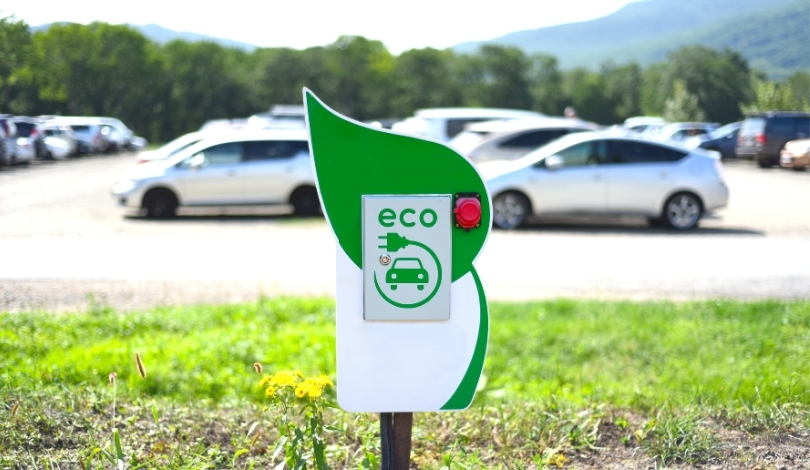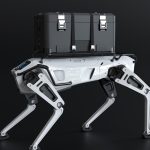In the latest publication of the International Journal of Circuit Theory and Applications, an article titled “A modified CLC‐T resonant converter with inherent constant current ‐ constant voltage battery charging” introduces a novel approach to battery charging. Within onboard battery chargers for electric vehicles, frequency‐modulated (FM) resonant converters have commonly managed lithium‐ion batteries via a constant current (CC) and constant voltage (CV) charging method. A significant challenge with these converters has been dealing with increased backflow current, magnetic losses, and switching losses when operational frequencies deviate from the resonant frequency. This new proposal aims to mitigate these issues by ensuring operation exclusively at the resonant switching frequency, thereby guaranteeing a seamless transition from CC to CV charging modes and enhancing overall efficiency.
Operational Efficiency
The modified CLC‐T resonant converter is designed to streamline the charging process for lithium‐ion batteries. During the CC phase, the resonant tank operates as a CLC‐T circuit complemented by a full‐bridge rectifier in the secondary circuit. As the battery voltage rises to its rated value, the secondary diodes switch to cut-off mode, effectively transforming the secondary circuit into a half‐bridge rectifier and converting the resonant tank to CL mode. This transition facilitates the shift to CV charging without requiring additional control mechanisms, maintaining smooth and efficient operation.
Switches within the system achieve either near‐zero phase angle or zero-voltage switching throughout the entire charging process, while the diodes attain zero-current switching. This soft-switching characteristic minimizes the losses typically encountered with more conventional resonant converters. Validated through laboratory tests, the hardware prototype developed for this converter, with an input of 400 V and an output range of 320–420 V, has demonstrated an impressive efficiency rate of 97.4%.
Historical Comparisons
Previous research and implementations of frequency-modulated resonant converters often highlighted the struggle with maintaining efficiency and operational stability, especially when deviating from the resonance frequency. High stress on components and significant energy losses were recurring issues, prompting ongoing innovations in converter design. This newly proposed CLC‐T resonant converter addresses these historical challenges by ensuring operation strictly at the resonant frequency, thereby minimizing unwanted current stresses and energy losses.
Earlier models typically required complex control mechanisms to manage the transition between CC and CV charging modes, adding to the system’s complexity and potential points of failure. This new design simplifies the process by inheriting a natural transition mechanism within the converter’s structure. The smooth transition between these charging modes without the need for external controls marks a notable advancement in the efficiency and reliability of onboard battery chargers for electric vehicles.
This modified CLC‐T resonant converter represents a significant refinement in battery charging technology, particularly for electric vehicles. By ensuring operation solely at the resonant switching frequency, this design minimizes several forms of energy loss and operational stress that have plagued past converters. The hardware prototype’s high efficiency of 97.4% underscores the system’s potential in real-world applications. For industry professionals and researchers, understanding the intricacies of this converter’s design could inform further advancements and optimizations in battery charging technologies. As electric vehicles continue to grow in market share, innovations such as this will be crucial in improving performance and reliability.
- The new CLC‐T resonant converter enhances efficiency in battery charging.
- It operates exclusively at the resonant frequency, minimizing losses.
- The hardware prototype demonstrated a high efficiency rate of 97.4%.










